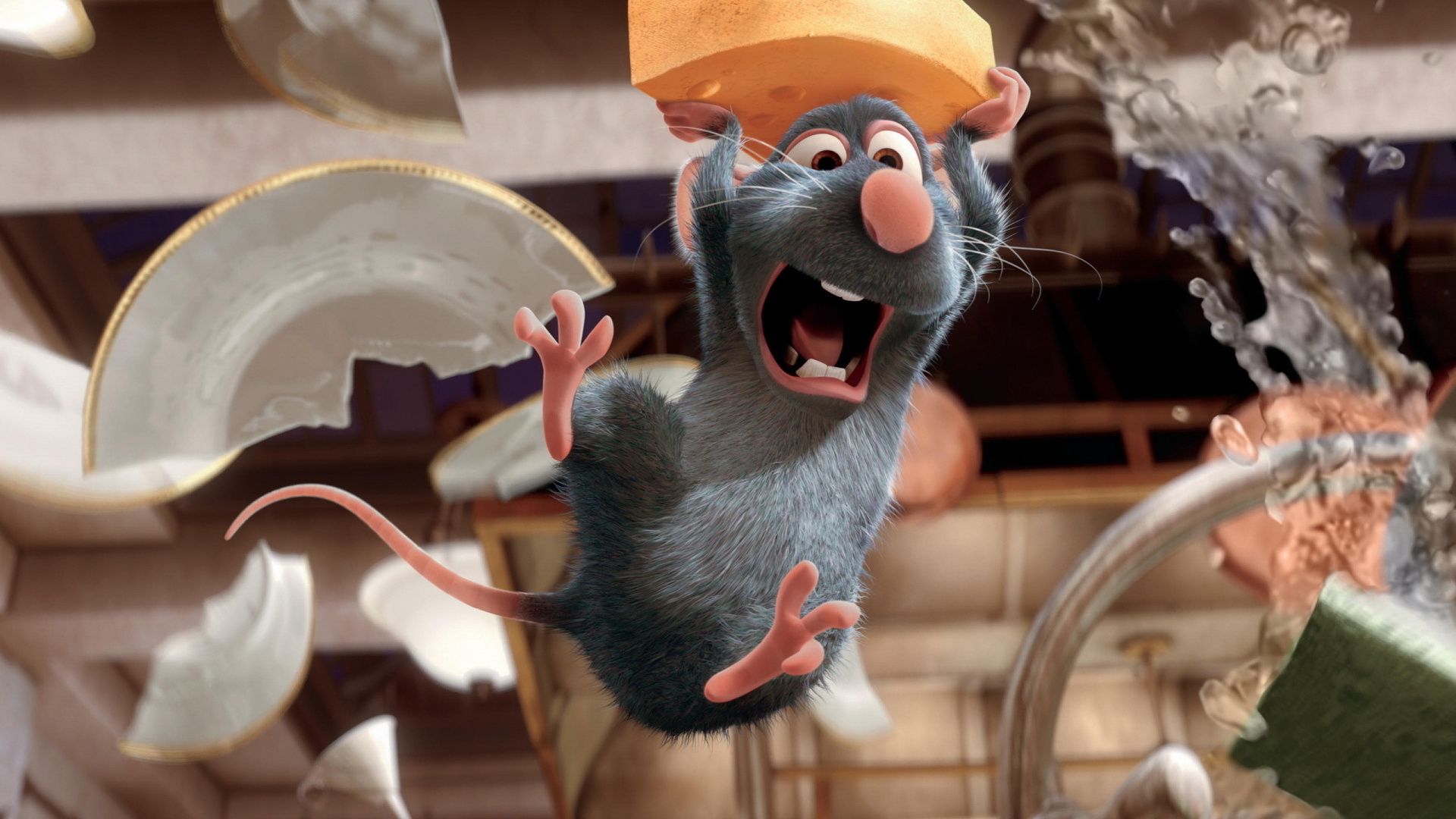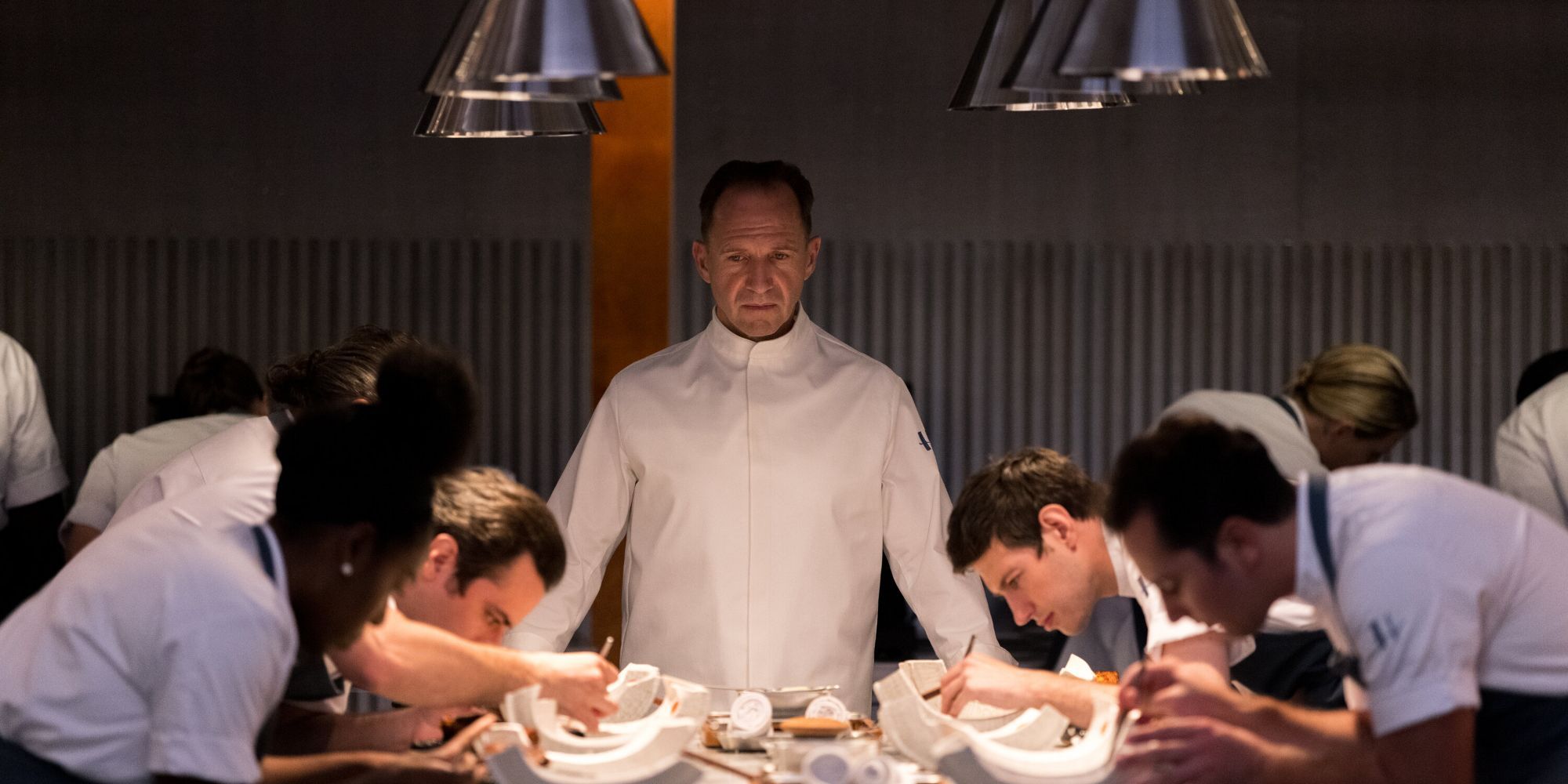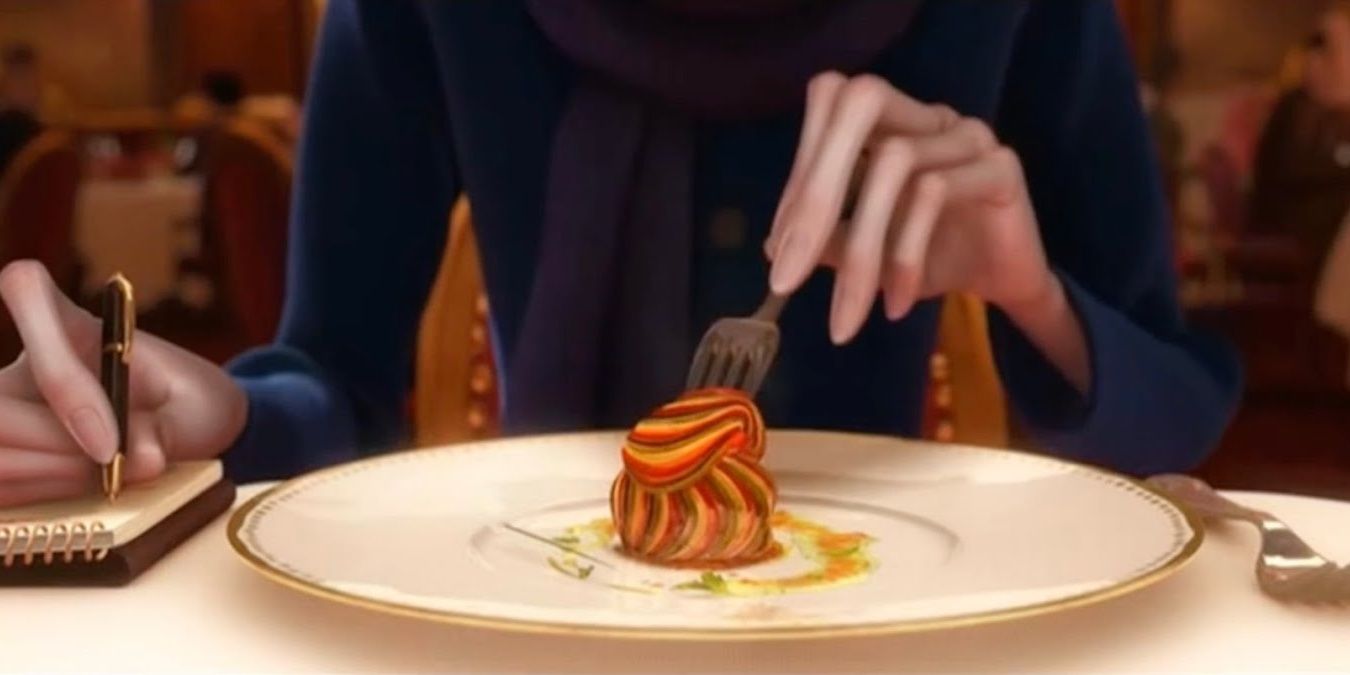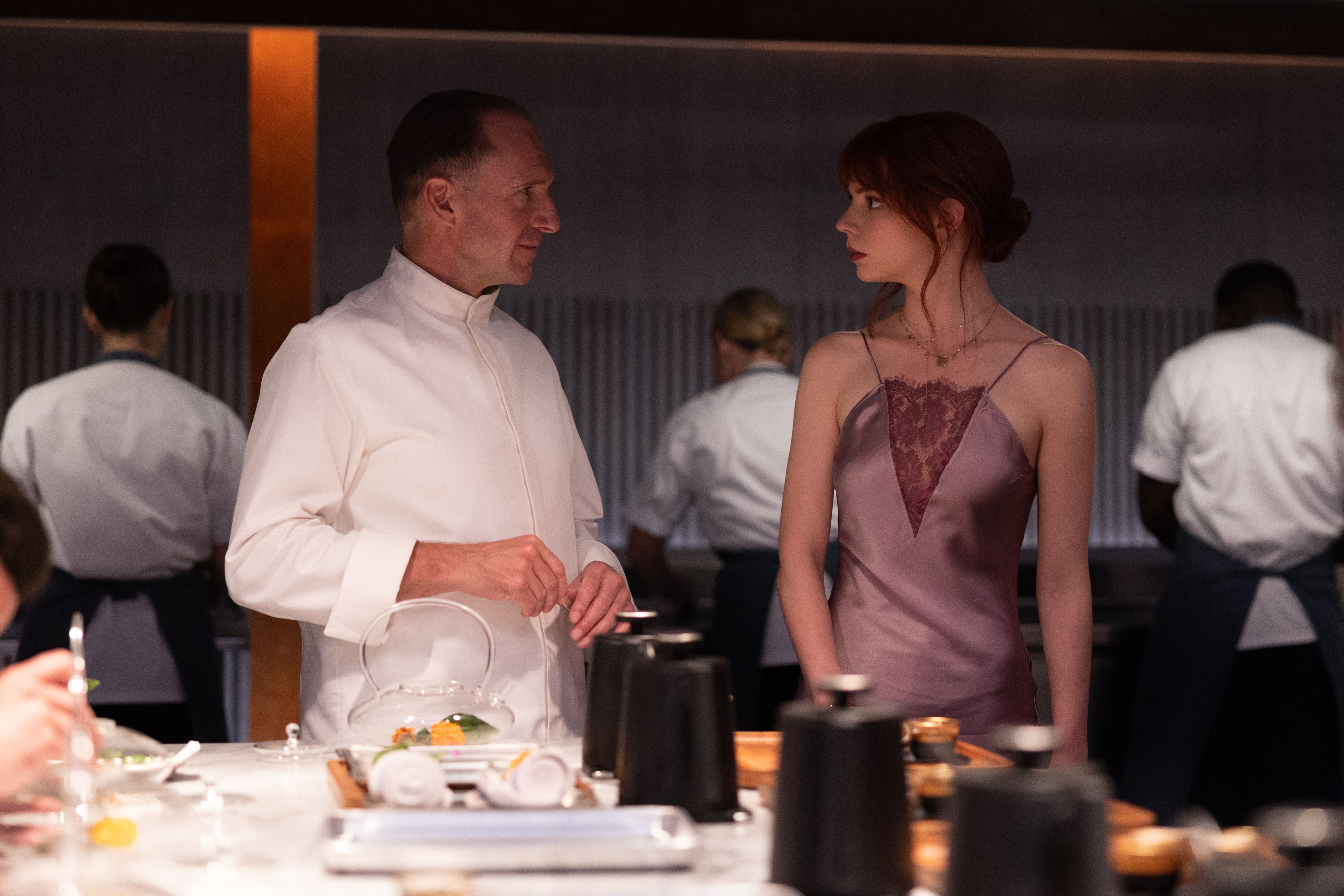An often overlooked outsider-focused menu and ratatouille
menu Anya Taylor-Joy stars as Margot Mills, a confident escort who takes you to a mysterious and exclusive restaurant surrounded by a wealthy and obnoxious elite. Ratatouille Rémy, a mouse living in a rural village in France, is a rodent who aspires to become a great chef. Putting these two heroes of hers side by side makes them look like completely dissimilar entities. Margot, unlike other characters in her films, is played with elegance yet grounded in realism. He only stands out from his family because of his absurd sense of taste and smell that drew him to his love of food in the first place. As the film shows, their characters go deeper than superficial.
Margot and Remy’s true connection is how they define themselves despite the labels others have attached to them. have always been overlooked and taken advantage of because of the nature of their being. But every time we try to belittle them, they prove that they are strong, resilient, and good people who deserve success. Prove it. Margot is overlooked because of her position. Initially presented as a date, her clients constantly undermine her opinion and ignore her discomfort and fears. The rest of the dining guests are the wealthy elite as Margot dines with deceitful financial associates, self-aggrandizing actors and even the most extravagant food critic ever to hit the silver screen. She’s a fish out of water, a rat in a restaurant.
And this characterization is why Margot thematically fits in so well with Remy, who also exists as an out-of-place guest at the featured restaurant. It’s the literal antithesis of fine dining, as rats can shut down restaurants. Even ignoring the existence of his real-life animals and making it into a children’s movie, Remy is still an outsider in fine dining because of his status. I didn’t have the opportunity to learn about cooking from a reputable institution. Even with the animated goofiness removed, the heart of the story remains intact. Remy was a lower-class character, and that status was the main reason he was left out of the world he loved so deeply. Both Remy and Margot were uninvited guests, completely out of place within the elitist company, but still the heroes of each story.
Margot and Remy’s connection is further underpinned by the resilience they demonstrate despite their outsider status. Remy sneaks into his hero’s restaurant, befriends a talentless trash boy, and works tirelessly against all obstacles to achieve his dreams. is different from the dream of However, she thrives on staying true to herself, and is preyed upon by the other guests in their own ways, because she’s simply trying to survive the night and escape the sadism that surrounds her. She refuses to participate in the display. Both Remy and Margot display an impassioned allegiance to their self-identity. Remy’s desire to be a chef is a simple dream, much like Margot’s anorexia is a simple instinct. However, these goals seemed insurmountable due to the enemy standing in their way. Simplicity does not equal ease, and the way Remy and Margot remain rooted in themselves even when they try to uproot them makes them heroes who are both easy to root for and unintentionally inspirational.
Remy and Margo oppose the industry itself
The heroes of the two films also face off against similar opponents, further deepening the connection between the two. Slowik was played by an incomparable person Ralph Fiennes And the ego was voiced by the legend Peter O’Toole. Both Ego and Slowwick are portrayed as eerily composed, ominously elegant, and ferociously influential figures. They are cynical about the world they live in, even though they’ve reached the professional pinnacle that others desperately want. is not an adversarial force of menu When Ratatouille It criticizes both elitism and exclusivity, with a particular focus on how it has corrupted the food industry. The systems and structures of fine dining snobs are highlighted as flawed, exploitative, and self-destructive. The clash of ideals between system perpetrators and protagonists highlights that unfair classism is the true antagonist of both films.
Slowik, Ego, and many other characters are both victims and accomplices of industry greed. Their fall into villainy highlights the failure of the food industry and the inequities that arise from classism and wealth.Ego and Lillian Bloom, gorgeous food critic menu It represents the self-destructive side of the culinary world. They were the field legislators who left destruction with words that hurt the lives of countless people in the industry. I got
Slowik soliloquized how the field has become greedily depraved, sharing how he’s lost his love for his craft and forgotten what cooking really means. He relentlessly identifies each layer of selfishness that has driven him down this path. Slowik was mad at investors who had turned the food world into a heinous world where gluttony and self-service relied and focused on wealth and power. He was scorned by narcissistic guests who could not remember the names of the dishes he meticulously prepared. As long as it is used and serves their needs, they have linked him with them.
Their actions are a response to those of those who have abused the system for their own gain. But their own selfishness perpetuates that exploitation. The industry has developed into an inhospitable, a place that kills and harms all individuals who participate. Ignoring the MPAA ratings of these films helps to show that their criticisms are strikingly similar in dealing with the self-destructive cycle the food service industry has fallen into.
The true meaning of good food
menu When Ratatouille Their protagonists shared the same qualities as the outsiders of exploitative systems, which made the comparison more explicit. The overarching message is nearly identical. At the climax of each film, both main characters find themselves in a dire situation. Anton Ego demands a perfect meal so restaurants don’t get shut down due to bad reviews. Julian Slowik is devoted to his plans, all guests approaching their inevitable death. What do Remy and Margot do? They stay grounded in themselves, break established norms, and use their love of food as a means of success. , I decided to make ratatouille. Margot orders a cheeseburger. This is the most basic American dish you can find on even the lowest settings.
Each film is a love letter to food that is rooted in a deep love for food, and the scenes in which the food is prepared exemplify that dedication. The ego is so engrossed in the stew that Remy makes that it reduces it by forgetting meticulous etiquette. We flash his mind as we see memories of his childhood lit up with soft lighting that evokes a sense of comfort and nostalgia. He reminisces about his childhood and rediscovers the genuine love of food that he had lost in the industry.
of menu, the climax also features a passionate tribute to food. Slowwick is thrust into the past like an ego when Margot asks for a cheeseburger. He recalls his days flipping burgers as a cook, and that nostalgia is reflected in the way his face softens and his eyes twinkle as he prepares food for Margot. A nostalgic connection to passion gives him a glimmer of the only positive emotion he exhibits throughout the film. He was the man I wanted. But in this scene, Master he flips burgers with chef’s precision, recalling his original love of food, but it’s the heart of a cook who loves good food. Slowik and Ego are stoic faces of cynicism, but their hearts are softened by Margot and Remy respectively.
Remy and Margot stand out because they are outsiders, but what helps them succeed is understanding the core meaning of food. They understand that food is about nutrition and passion. We eat to be full, we cook to share love. Cheeseburgers and ratatouille are peasant foods made from simple, inexpensive ingredients. Both films approached cooking with respect, but the most passionate and positive expression of emotion remains in a dish made for everyone. The themes are integrated into the story and are driven by the strong characterization of the main character. Simplicity is not a drawback. Being different is not a disadvantage. Among selfishness and greed, nostalgic home cooking is the most nourishing.




